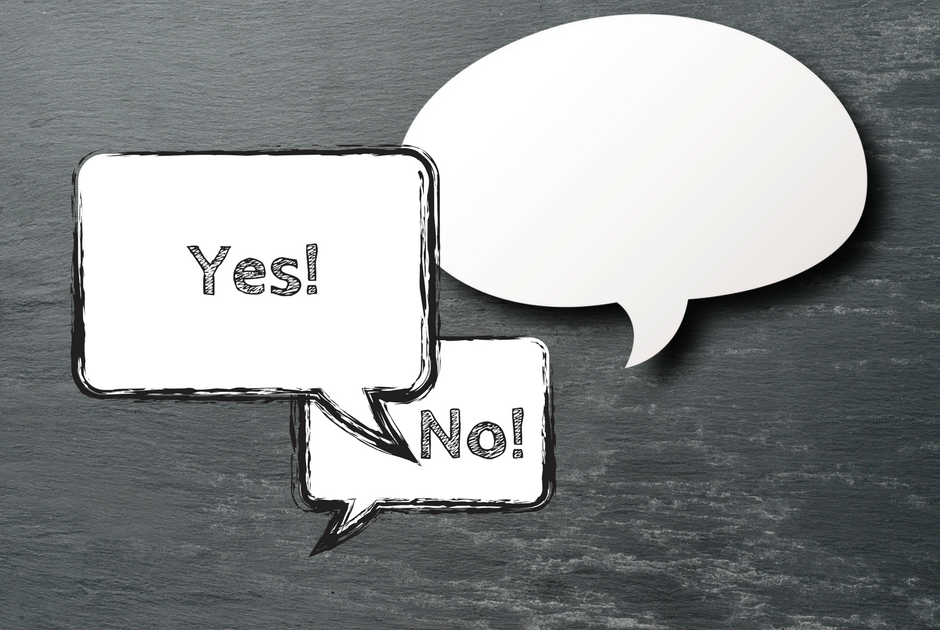Thumb Wars, Part 2: Messaging is Terrible for Arguments
-
October 12, 2017
- Posted by: Ellen Kandell

Texting, online messaging, and other similar forms of communication have grown exponentially in recent years. While messaging apps and text messages may bring some people closer together and lead to more frequent communication, they are devoid of communication clues, such as verbal inflections, body language and tone of voice, that help give context to our statements. This kind of communication is one-dimensional and rigid. Misunderstandings and miscommunication are far more likely to occur than in face-to-face or phone conversations. This article discusses the growth of conflict with the rise in messaging as a major form of communication.
Text Message Explosion
In a 2016 study by the Pew Research Center, 72% of American adults owned smartphones. Of those surveyed in the study, 42% of smartphone users utilized a general messaging app to send or receive messages. In April of 2017, Facebook’s Messenger app surpassed 1.2 billion monthly users worldwide. That is a phenomenal amount of typed or texted messages whirling around cyberspace. In addition, according to The Pew Research Center’s Internet & American Life Project, text message users send and receive 41.5 messages per day on average, with 18- to 24-year-olds at a much higher average of 109.5 messages per day – that’s 3,200 texts per month! Roughly 31% of participants in Pew’s survey prefer to communicate via text rather than to be called on the phone. This medium has become a staple of everyday communication, and it is only natural that conflict and disagreements would creep into the texting world.
Communicating Between the Lines
The reason texting can tend to create conflicts is because our communication consists of more than words. It’s estimated that only 7% of our communication is actually comprised of the words we use. Emojis don’t replace the nonverbal cues that are present in face-to-face communication. Even when we’re texting, our nonverbal cues are still relevant. Think back to the last time you were focused on constructing a text message. Maybe your brow furrowed, or you frowned, your eyes narrowed, or your shoulders tensed. When you finished your message, you may have felt relieved or vindicated. These kinds of cues would have been visible in a face-to-face conversation and would have informed the listener of your feelings. But the recipient of the text message missed all of that. Nuanced nonverbal indicators can be an early indicator of underlying emotions or problems that aren’t yet being put into words, or they can express goodwill and kind intentions even when the message is a difficult one.
Additionally, the process of listening, the behavioral component of communication, is essential to both avoiding and addressing conflict. We demonstrate listening physically. We might make eye contact and nod, or conversely tense up when something strikes us as upsetting. In truly reflective listening, we pick up words, feelings, and intent as well as potentially creating rapport which can provide a foundation for transforming a conflict. With text or online messages, these vital parts of the communication process are absent.
In real-time communication, we can be sure the other person is more or less ‘present,’ unless we observe otherwise in their behavior. Text messaging, in contrast, is asynchronous – hours or days can transpire between messages. Not only are you not in the same space but your attention is divided and disrupted. In face-to-face or in real time communication, you can clarify confusing cues, which may avert a conflict altogether.
In addition, text messaging is meant for quick communication. Problem solving and conflict resolution require more than short, quick verbal bursts. Texts as well as online messaging can also draw out arguments or lead to mistaken assumptions, as you sit and wait for the other person to respond. Messaging can tend to create misunderstanding and it is not an appropriate method for resolving a conflict which it has created.
Finding a Resolution to a Text Argument
The inability to holistically communicate the details and nuances of our thoughts and feelings, or be fully present in a conflict, is likely to leave the cognitive and affective elements of resolution beyond reach. Instead, the medium invites itself to endless rounds of one-dimensional insults and superficial explanations, which might temporarily exhaust themselves but can easily regain momentum again when someone hits some downtime and decides to pick up their phone again. Ultimately, text message fights are bound to trail off into a litany of misunderstandings. The more things escalate, the more likely the bare context-lacking text messages will be interpreted through anger, blame, and suspicion.
In the end, if there’s a real conflict at hand, everyone benefits from direct face-to-face communication. If you must text, ask for a phone conversation or an in-person meeting instead of carrying out the argument via text message. It may be the case that texting is the best way to initially get hold of your colleague or family member, but do not continue the discussion by texting. Alternatively, if the argument begins over text, call a halt and find a more suitable time and venue for problem solving.
Ellen F. Kandell is a certified professional mediator and attorney with over 30 years of public and private sector experience. Ellen is certified by the International Mediation Institute. She became chair of MCDR’s certification committee this year. She provides mediation, group facilitation and training to diverse, national clients. Get in touch with her via email, LinkedIn, Twitter, or give her a call at 301-588-5390.
